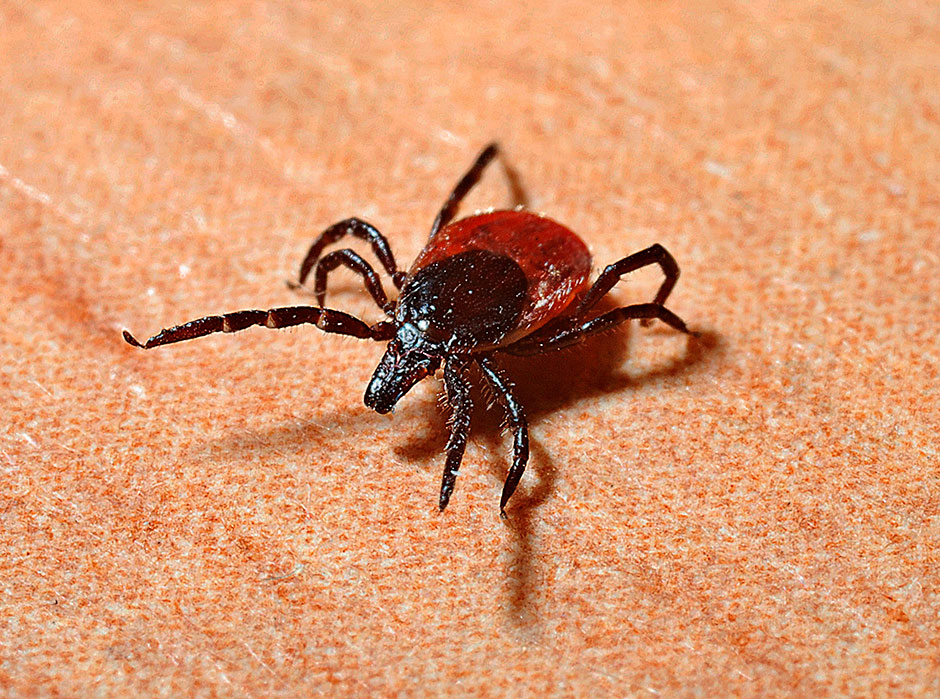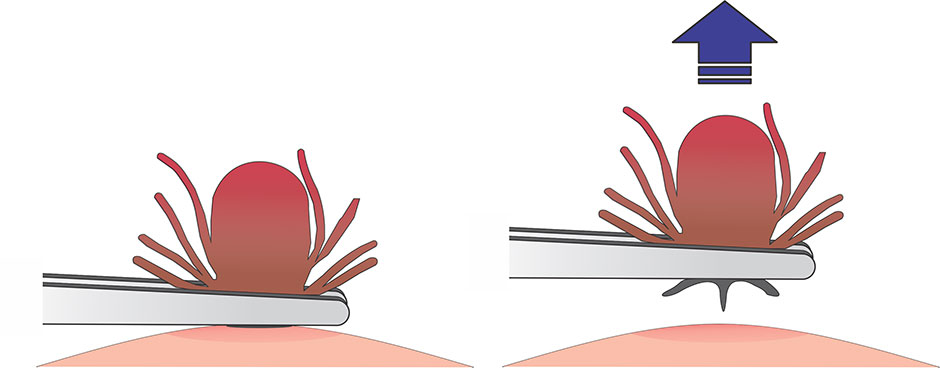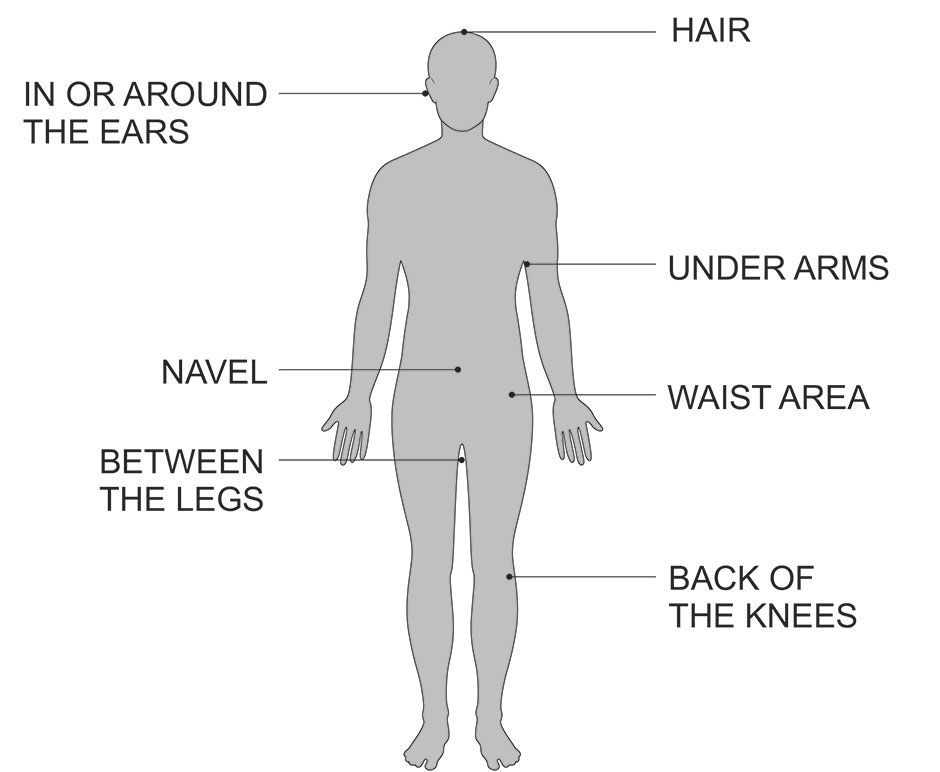13th July 2020
The time of year has arrived (in the northern hemisphere) when temperatures begin to rise, flowers bloom, trees and grass turn green and everything comes to life. It is also the season that ticks become most active. When you spend every day working in the woods, it can be cause for concern.
A common myth about ticks is that they die once a frost occurs. The truth is that ticks live all year round, and have a life cycle of two to three years. During the winter months, they will find shelter in deep snow-covered leaves or brush. Although ticks live year-round, they do become most active in warm, humid weather.
Ticks do not fly or jump. Rather, they will climb onto a human or animal by waiting on grass, leaves or any other type of plant. They survive by feeding on the blood of humans or animals, and are able to sense when a host is nearby, and when to latch on. The danger with ticks is that they can spread diseases such as Lyme disease from animals to humans that they bite.

There are hundreds of tick species however, only a few transmit disease. The three most common groups are black-legged ticks (including the deer tick), dog ticks, and lone star ticks.
Although there are hundreds of tick species, only a few transmit disease. The three most common groups are black-legged ticks (including the deer tick), dog ticks and lone star ticks. All three of these species are red or reddish brown and range in size from approximately 5 to 15 mm (0.25 to 0.5 in) in length.
Tick bites are usually painless. For this reason, it is important to check for ticks after being in wooded areas or tall grass. Unlike other bugs that bite, ticks will remain attached to the body for up to ten days before detaching themselves and falling off. Once a tick is on a person’s body, they will usually look for a warm spot before biting and drawing blood. The main areas of the body to check are shown on the facing page.
It may be necessary to use a mirror or have someone assist in checking all areas. It is also recommended to shower as soon as possible after being in wooded areas.

If a tick is found on the body, it is important to remove it right away. The longer a tick is left on the host’s body, the further it may dig into the skin, thus making removal more difficult. It may also increase the risk of disease transmission, although it is possible to contract Lyme disease in less than 24 hours.
Care must be taken when removing a tick from the skin so that the whole tick is removed intact and no parts are left in the skin.
To properly remove a tick, the following steps must be taken:

After removing a tick, the bite area should be monitored for up to 30 days for any signs of infection. Medical attention should be sought if any of the following symptoms occur:
Avoiding any tick to skin contact is the best way to prevent tick bites. Wearing pants that have an elastic or Velcro cuff around the boots will help keep ticks off of legs. Duct tape wrapped around the cuff and boots may also be used. Long sleeves, jackets, or rainwear will also help to keep ticks off the body in tall vegetation. Using an insect repellant containing at least twenty percent DEET will also deter ticks. Follow the manufacturer’s directions and apply it frequently.
After being in wooded areas, it is important to shake out over clothing to prevent any ticks from entering vehicles, homes, or offices. Check all parts of the exposed clothing including cuffs and in loose areas. Keep outerwear such as rain gear and jackets in a tote and store in the back of your pickup truck.
We’ve all learned a little more lately about the potential impact of viruses on people, society and the economy. Common sense and an ounce of prevention can greatly reduce the risk of acquiring some nasty viral infections transmitted by ticks.